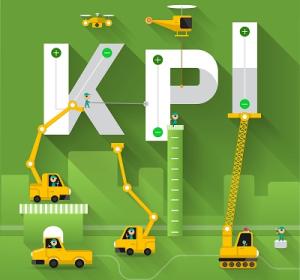Continuous Planning replaces the traditional static and calendar-driven process. It is a dynamic and open-ended planning approach that responds to internal and external events as they occur. In addition, the use of technology facilitates planning agility and flexibility through real-time analytics and automation.
FP&A Insights
FP&A Insights is a collection of useful case studies from leading international companies and thought leadership insights from FP&A experts. We aim to help you keep track of the best practices in modern FP&A, recognise changes in the ever-evolving world of financial planning and analysis and be well equipped to deal with them.
Stay tuned for more blogs and articles from great authors.
Artificial Intelligence (AI) is one of those terms surrounded in mystery and which promises a lot. It’s also a term that is easy to misunderstand exactly what the promises are, particularly in reference to FP&A.
This article looks at the key concepts and definitions of both integrated and agile FP&A. Through the two case studies, we explore how to connect integrated FP&A from a finance view to deliver continuous and real-time planning through an operational and technology view.
Why are the KPIs an important component in FP&A? What can organisations do to design and build a robust KPI framework and deliver improved business performance?
Pagination
Subscribe to
FP&A Trends Digest

We will regularly update you on the latest trends and developments in FP&A. Take the opportunity to have articles written by finance thought leaders delivered directly to your inbox; watch compelling webinars; connect with like-minded professionals; and become a part of our global community.




